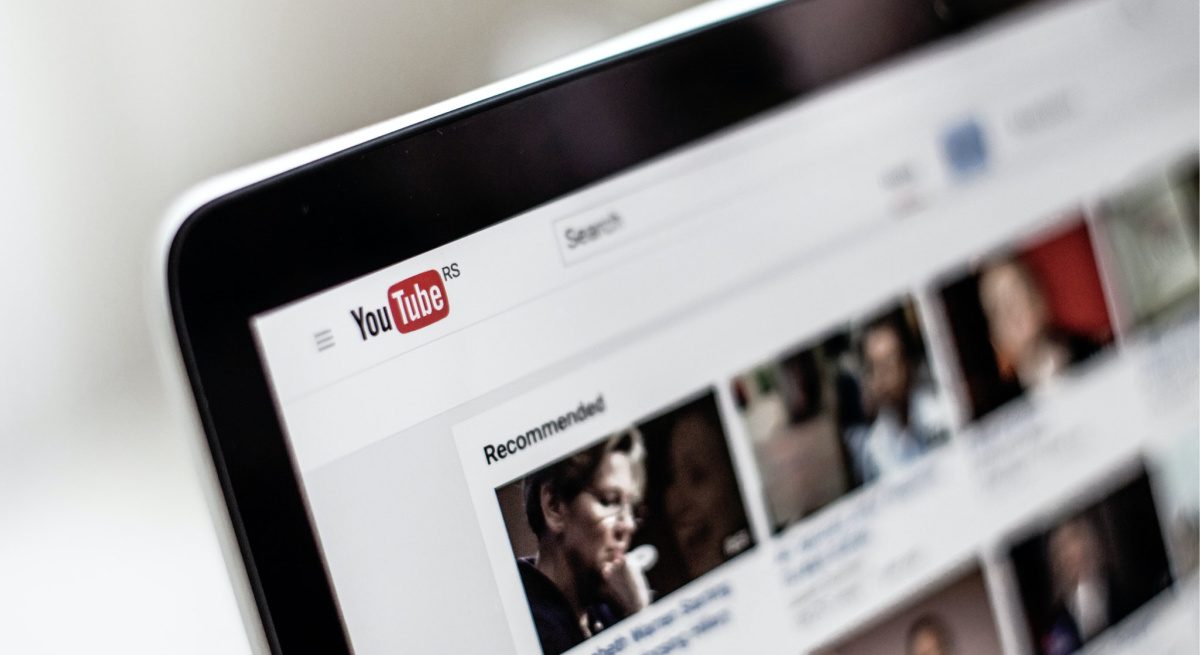Seven Creative YouTube Marketing Strategies to Promote Your Restaurant and Engage Your Community
4 Min Read By Thibaud Clément
Successful restaurants do not sell food: they tell a story, offer experience and appeal to emotions. What better medium and channel to achieve this, and reel diners in, than video and social media? Here are seven ideas you can use to harness the power of YouTube and shed light on your restaurant, no matter the size of your team or the type of food you serve.
Give A Sneak Peek into Your Supply Chain
In this GQ video breaking down cooking scenes for movies, chef and restaurateur Michael Chernow reminds us that, in the restaurant business, “you are putting food into people’s body.” When diners decide to eat at a restaurant, they make an intimate decision to trust you.
As such, anything providing transparency to diners about where food comes from has the power to yield significant goodwill to your eatery. A famous example is this collaboration between McDonald’s and the late Grant Imahara, taking viewers into one of the five factories that produce Chicken McNuggets, showing how they are made.
Whether you work with a factory or local farmers, tracing the origin of the food you serve at your restaurant provides you with unparalleled opportunities to build trust around your brand and business.
Invite Diners Back into Your Kitchen
In the same vein as showing your community where food is coming from, you can explain its preparation by inviting them into your kitchen.
This is done brilliantly in several episodes of The Chef Show on Netflix. Jon Favreau and Roy Choi take us into the kitchen of Ford Fry’s The Optimist in Atlanta, Wolfgang Puck’s Steak in Las Vegas and Daniele Uditi’s Pizzana in Los Angeles.
While this is a Netflix production featuring prominent players in the food scene, nothing prevents you from showcasing the art and craft happening in your restaurant kitchen. This can be done with simple production techniques and limited budget: your smartphone, a $10 tripod and a free video editing app will go a long way. The only that truly matters is the passion that goes into preparing the food you serve.
Share Your Signature Recipes
If your restaurant is known for a signature dish, then sharing with the world how to make it will only create a stronger bond with your establishment. Both those who already know and love your dishes and those who cannot visit your location will be thrilled to be able to bring your experience into their home.
If your restaurant hasn’t yet built a reputation for a specific recipe, then you have an opportunity to put your establishment on the map. Taking advantage of the YouTube algorithm can help you gain exposure when foodies unfamiliar with you are on the lookout for expert advice on how to make a recipe successfully.
Successful examples of this strategy include this signature chicken fettuccini alfredo recipe by Fratelli’s, this award-winning cubano sandwich recipe by El Cochinito (in collaboration with Tasty), this famous fried chicken sandwich recipe by Chef Ludo Lefebvre (in collaboration with In The Mind Of A Chef).
Teach Professional Skills
By definition, running a restaurant involves a degree of professionalism in terms of kitchen skills. Leveraging this in-house talent to teach home cooks how to properly prepare food represents a tremendous opportunity to build authority around your brand — and again, trust.
In this video, Gordon Ramsay shows how to master five necessary cooking skills, which is terrific because it covers the interests of a vast audience while capitalizing on a superstar chef’s solid personal branding.
If your restaurant specializes in any cuisine, teaching the techniques that your team masters is another approach to building awareness around your savoir-faire.
Produce a Restaurant Reel
We’ve said it before: running a successful restaurant is not only about serving (good) food: it’s about telling a compelling story, offering a unique experience and appealing to diners’ emotions.
One way to capture your place’s atmosphere is to produce a restaurant reel, teasing your prospective guests with mouth-watering pictures of your dishes, inviting frames of your decor and evocating clips of your ambiance. Here is an example of a well-crafted restaurant reel.
Keep in mind that a restaurant reel is a creative asset that you can use beyond YouTube. For instance, you can place on other social platforms such as Facebook, Instagram, Twitter, TikTok, Google My Business, Yelp and Trip Advisor to give a sense of what it feels like to enjoy lunch or dinner at your establishment.
Broadcast a Tasting Session or a Contest
Keeping up with strategies to give a bite of what food is like at your place, YouTube is a great place to organize and broadcast tastings, such as this Acquired Taste episode by Thrillist, and even contests (think Man v. Food).
One way to take this to the next level is to take advantage of YouTube’s Live feature, which allows you to stream your tasting or contest in real-time, allowing viewers to leave comments while watching the video and interacting with your team.
Introduce New Menu Items
Last but not least, YouTube is a platform of choice to introduce new menu items. For instance, this video does a great job of introducing Tractor Beverages at Chipotle — and it has already racked up several millions of views at the time of writing this article.
Another means to the same end is to take advantage of YouTube Community features, which allow you to publish photos and stories to your subscribers. Note you will need to have over 1,000 subscribers to be eligible to this feature. Still, once you do, you will gain significant exposure on YouTube, as Community posts are prominently displayed in a dedicated section.
YouTube Marketing Strategies for Restaurants, In A Nutshell
Whether you are trying to put your establishment on the map, raise awareness with prospective diners or build additional trust with repeat customers, YouTube is an incredible — and truly underrated — platform for your restaurant. The strategies mentioned above are just a starting point to get the ball rolling: from there, depending on what works best for your team and your audience, the sky is the limit.


